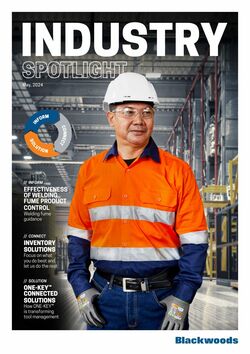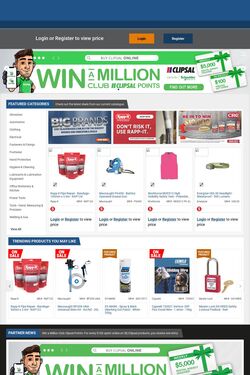













Products in this catalogue
DAWES. INGA SAFETY Maximise protection, minimise risk. Justas conditions change between day andnight, sotoo dothe visibility requirements to keep your workers safe. In Australia, vehicles and heavy machinery provide some of the biggest risks to workers’ health and safety. Navigating the regulations around day and night compliance can be complicated as each state and territory's regulations might differ slightly. Here’s a quick guide to help you get started in selecting the right uniform solution and minimise the risk to employee safety. AS/NZS 4602.1-2011 (THE USE OF GARMENTS FOR HIGH-RISK APPLICATIONS) Beyond the combination of letters and numbers, this standard sets the design requirements for use ofclothinginhigh-riskapplications. Specifically, this standard sets out the specifications for 3 classes of high visibility garments (Class D, Class N, and Class D/N). CLASS D (DAY ONLY) If your employees are working in daylight hours Cola aml 10) a enn He a A Ua Belo) garment you want to look for. Products which meet these requirements tend to be made from compliant fluorescent materials and are intended for daylight use only. Note, however they do not have to be fluorescent to meet this requirement. CLASS N (NIGHT ONLY) This class of garment is suitable for any low light work which will be done after daylight hours, particularly in environments with high retro- reflective light (e.g., light coming from vehicle headlights). There is no specification of the colour of the garment background itself, but they will feature retro-reflective tape strips which are at UT eo0l aan e om CLASS D/N (DAY/NIGHT) For employees who may be required to work any time of the day or night, this is the class to look out for. All Class D/N products will be compliant with the design requirements set out for Class D and Class N garments listed above. SECTION 2A: SAFETY APPAREL |
| Name | Details |
|---|